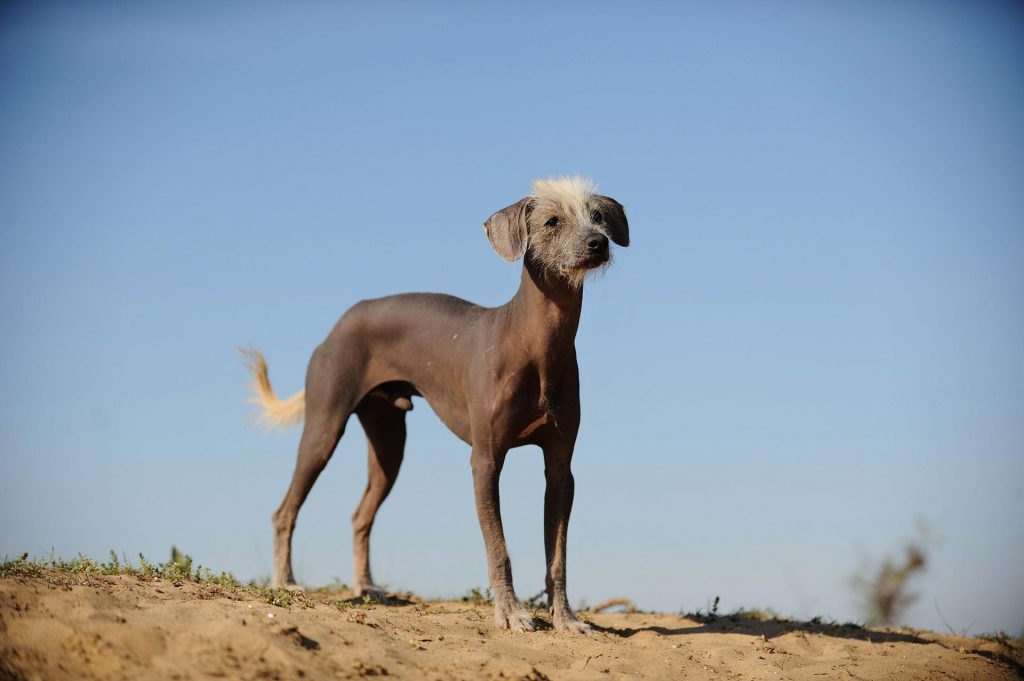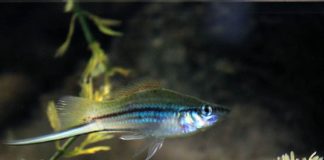Man and dog have lived together for thousands of years. These shaggy beasts have helped us hunt, guarded our houses and looked after our livestock. Over time, technical progress has made many of the functions our four-legged friends performed obsolete. However, the relationship between dogs and people have remained largely unchanged – they only moved to a slightly different level.
So, why would a person need a dog these days?
There are many reasons for this. In fact, quite a few dog owners have no idea why they got their four-legged friend in the first place. Sometimes, it’s got something to do with their unfulfilled childhood dream. When we were kids, we all wanted to have a dog, but, unfortunately, our parents wouldn’t let us get one (either due to unsuitable housing conditions or for some other reason). However, our childhood dream remained deeply embedded in our subconscious mind. And now that we’ve grown up, the “dreamer” inside us finally gets to realize our long-cherished desire.
When you need a college paper, you go to professional writers. However, when you need a pet, you get a dog! That is exactly why some people look for cute retrievers, while others are obsessed with charming Labradors. In any case, there are many dog breeds of dogs in the world and everyone can find one to their liking.
But did you know that some of them can really make you gape in surprise?
1. Azawakh

The Azawakh is a greyhound breed native to Africa. For centuries, humans have used them for hunting animals and guarding their houses. They are able to endure hot weather and are very hardy. The Azawak was bred by nomadic tribes living in one of the most inhospitable places on our planet. Unfortunately, they left behind little material evidence of their presence; in fact, they did not even have their own writing.
As a result, no information about these animals was available until the beginning of the 20th century. Although the exact age of the canine is unknown, the Azawak belongs to one of the oldest breeds. Researchers agree that these dogs evolved from domesticated wolves some 14,000 years ago.
Petroglyphs found in their habitat area, i.e. the Middle East, India, and China, date back to the 6th-8th centuries BC and depict them hunting different animals. Back then, the Sahara was most fertile and covered with lush vegetation.
Although the Sahel (the location the Azawakh originally comes from) is much more fertile than the Sahara, it remains a harsh place to live in. The scantiness of resources prevented the locals from keeping a lot of dogs, which is why they left only the best puppies alive.
Because the Azawak is capable of developing very high speeds in extremely hot weather, they are used for catching fast-running animals.
However, what makes the Azawakh unique is that they can perform security functions. Traditionally, they sleep on rooftops, and when a predator approaches, they are the first to notice them and raise the alarm.
2: Peruvian Inca Orchid

The first Peruvian dog was spotted by Spanish colonizers. These animals had been bred in Peru for hundreds of years before our era. The Peruvian Orchid of the Incas has two subspecies: the first one is bald, while the second one is covered in hair. According to the breed standard, the bald subspecies is to have little hair on top of their head, legs and the tip of their tail. The locals kept the bald ones as their pets and used the hairy ones for hunting. Nowadays, the naked Peruvian dog, as it is called in their homeland, is a rare sight in Peru.
Outwardly, this hairless dog resembles a little deer. It’s so rare that Peruvians consider it a national treasure. The Incas believed that dogs could cure a stomach ache and relieve the symptoms of some incurable diseases, such as asthma.
Apart from the lack of hair, the naked Peruvian dog has some other unusual characteristics. For example, the Inca orchid doesn’t sweat with their tongue but with their body. It is a nocturnal animal that becomes active in the late afternoon and stays awake during the night.
3. Tibetan Mastiff

The Tibetan Mastiff is considered one of the first dogs to be bred by man. It was used to protect the herds and houses of the Tibetan people. The breed is independent, protective, and very loyal, which makes it an excellent guard dog. This is an ancient breed of dogs and is presumed to be the ancestor of all Molosser dogs.
Tibetan mastiffs have lived with humans for several centuries and learned to understand them really well. They are not aggressive and require no round-the-clock care and attention. You should consider getting one if you need a patient, loving and understanding friend.
Initially, Tibetan mastiffs inhabited the northern slopes of the Himalayan mountains. Hence, their name and increased endurance. They are really unpretentious and can become their owner’s fearless and devoted protectors.
Important facts about the Tibetian Mastiff:
- Be careful – your cute teddy bear can have an adult weight of 45 – 75 kg. The size of the dog makes it unsuitable for living in a city apartment.
- Tibetan mastiffs are usually active in the morning and evening. If your schedule does not allow you to walk with them at this time – this breed is not for you.
- Tibetan mastiffs are very intelligent, independent and stubborn; they are also very sensitive to changes in their owner’s mood.
- Tibetan Mastiffs need early socialization.
- This breed is not recommended for inexperienced owners. The Tibetan Mastiff needs a confident coach who is consistent, firm, and loving.
- Not recommended for families with small children.
4. Bergamasco Shepherd

The Bergamasco is an ancient breed of dog, of which origin very little is known. Experts believe that their ancestors were mastiff-like dogs that accompanied the nomads coming from the East. Whatever the case may be, the Italian city of Bergamo in Lombardy is now considered a birthplace of these big and shaggy animals. It was there that these dogs began to be bred for shepherds in mountainous areas.
You cannot confuse the Bergamasco with any other dog breed. They may look scary but they are actually very good-natured and obedient. Bergamasco dogs grow attached to all members of their family but are particularly fond of children and their owners whom they consider their leaders.
The Bergamasco has well-developed protective instincts. If you are looking for a guard dog, this will be your safe bet. Yes, it can hardly be compared with the Caucasian Shepherd or any another service dog, but it is perfect for the role of a universal pet. The dog does not need to be put on a chain – it will be quite happy living in a private house and going outside now and then.
Like other shepherd dogs, the Bergamo is perfectly trainable. Of course, sometimes it may be stubborn, but it can be easily fixed. In fact, it is all a matter of finding the right approach.
5. Bedlington Terrier

This dog breed originated in Great Britain. Being a cross between the Bedlington terrier, dandy-dinmont terrier, and otterhound, the Bedlington was originally meant to be a hunting dog. However, English gypsies also used it for dog fights and pickpocketing. Later on, the efforts of its breeders resulted in it getting the graceful forms everyone loves so much. The first official club of Bedlington lovers was founded in 1873.
The dog is common in America, Canada, Europe, Australia, South Africa, and Russia. Outwardly, this elegant animal looks like a neatly trimmed sheep.
Important facts about Bedlington:
- The Bedlington can be hard to train
- Early socialization with other pets is a must to prevent problems
- Bedlington Terriers need training or else they will be bored and cause trouble
- Males can be fierce fighters if they are challenged by another dog
- Bedlingtons are very intelligent and fairly easy to train
- Bedlington terriers love digging holes
- You’ll need a fenced yard because they run very fast.



